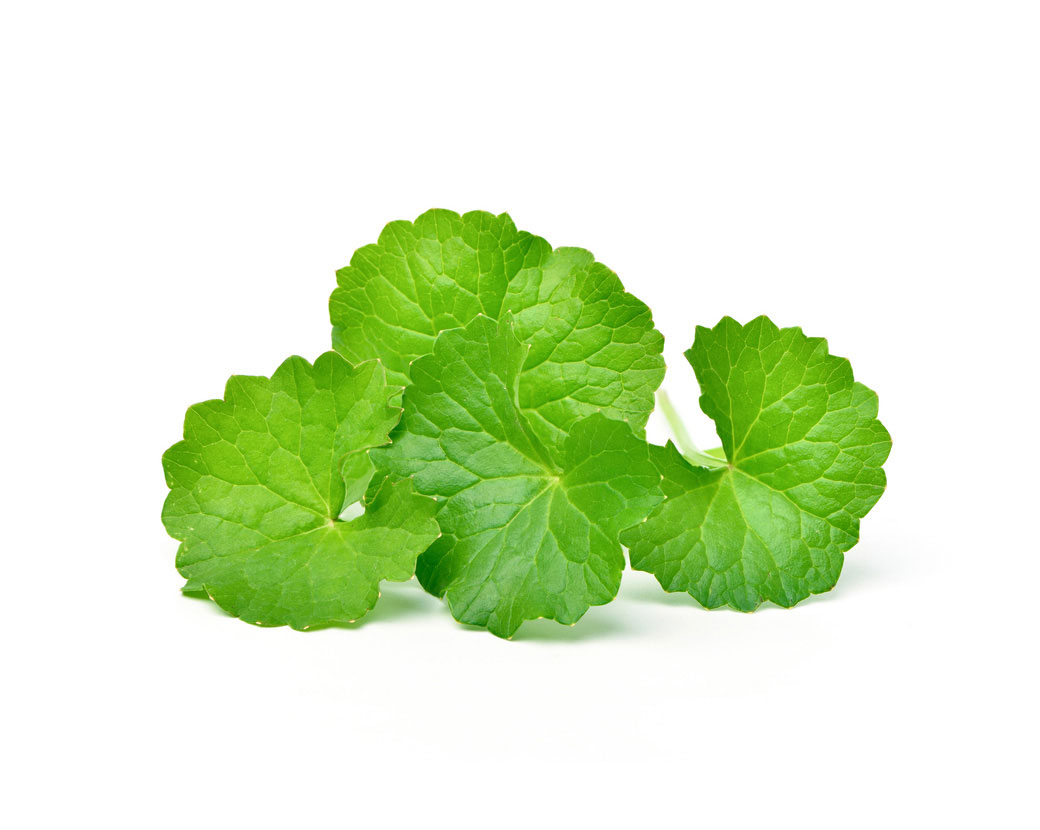Products Scan Our science '%20fill='black'/%3e%3c/svg%3e)
Skincare 
Bath & Body 
Make up 
Trending 
Skincare
Moisturizers
Treatments
Cleansers
Eye Care
Bath & Body
Make up
A Gotu Kola or Centella Asiatica derivative with confirmed anti-wrinkle efficacy.

Asiaticoside is a bioactive antioxidant compound isolated from Gotu Kola, or Centella asiatica, a recently rediscovered medicinal herb from Southeast Asia.
The studies that have been done so far (small-scale clinical studies in test tubes, on laboratory animals, and even on humans) suggest that it is a prospective new active compound for the treatment of wounds, burns, and scars.
It was able to increase the production of collagen and hyaluronic acid in test tubes, as well as modulate the healing process in a way that does not create overgrown scar tissue (called keloid scars). It definitely requires more testing, but Gotu Kola extracts are becoming increasingly popular as alleged anti-wrinkle ingredients.
Asiaticoside is a triterpene, meaning that it has a specific structure with five hexagonal cycles in its molecule. The difference between asiaticoside and asiatic acid (which is sometimes used in skincare products as well) is that asiaticoside has three extra sugar molecules attached to it, making it more soluble in water.